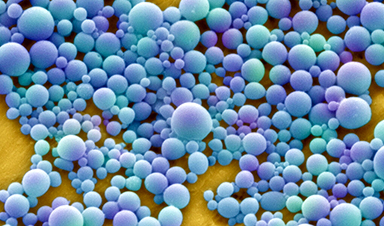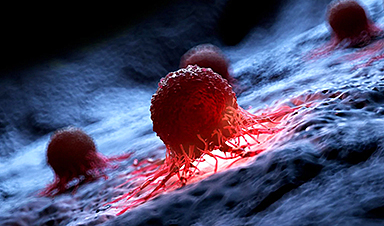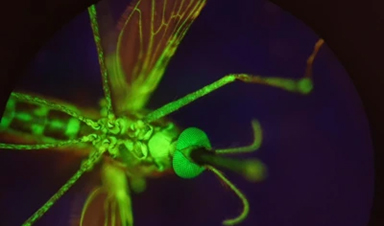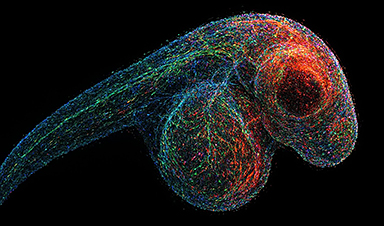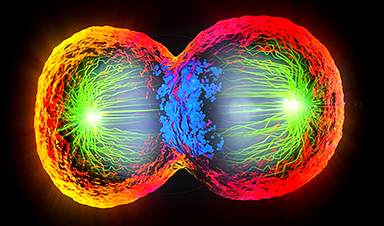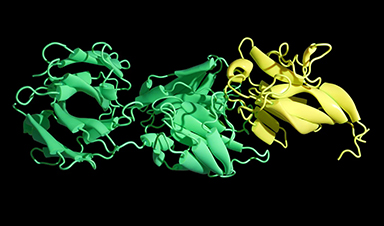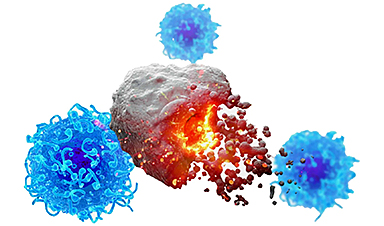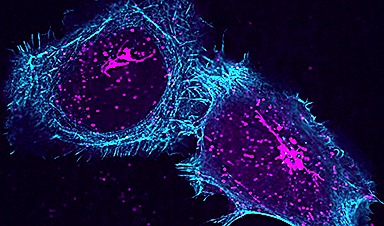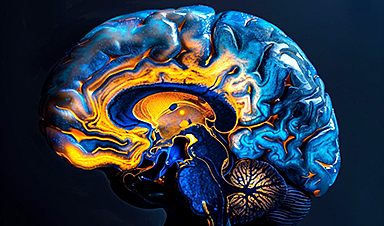One of the biggest challenges when it comes to probing and manipulating the brain are the blunt tools we have at our disposal. But breakthroughs in nanotechnology could soon change that, say researchers.
Neuroscience has experienced a technological revolution in the last couple decades thanks to rapid improvements in brain-machine interfaces and groundbreaking new methods like functional magnetic resonance imaging, which makes it possible to track neural activity across the whole brain, or optogenetics, which makes it possible to control individual neurons with light.
But despite this progress, we are still a long way from being able to record or stimulate large parts of the brain at the single-neuron level. Being able to do so could have profound implications on our understanding of the brain, as well as our ability to augment its function and treat disease.
The key to bridging this gap is the emerging field of “NanoNeuro,” say the authors of a new paper in Nature Methods. The unique properties and diminutive size of nanomaterials could make it possible to probe neural circuits in entirely new ways and at previously unimaginable scales, the researchers write.
The most obvious application of nanotechnology is in simply reducing the size of the standard neuroscience toolbox. A host of recent designs for nanoprobes and nanoelectrodes, often exploiting the same processes that have powered the miniaturization of computer chips, are making it possible to record from orders of magnitude more neurons.
These probes often come with other desirable properties too, such as flexibility, optical functionality, or chemical sensing. Other materials such as quartz, carbon nanotubes, and graphene are also being experimented with and each have their own unique properties.
Perhaps most importantly, these tiny electrodes open the door to probing neural activity at the sub-cellular level. Given the powerful processing that goes on within neurons, this could significantly improve our understanding of critical aspects of brain function.
Nanotechnology isn’t just about making things smaller, though. Physics operates on very different principles when you get down to the scale of atoms and molecules, which means nanomaterials can have exotic properties that enable entirely new functionality.
For example, plasmonic nanoparticles have unique optical properties that can be easily tuned by simply varying their size and shape. These particles could be used to boost the sensitivity of existing optogenetic approaches, say the authors, and using light to excite and heat them up could also make it possible to trigger neurons to fire with very high precision.
Even smaller “quantum dots”—nanoparticles that emit light in various colors when energy is applied to them—are a more durable and sensitive alternative to fluorescent dyes currently used for imaging. Their fluorescence is also modulated by electric fields, so they could potentially be used to give an optical readout on the activity of neurons.
Another promising class of nanoparticles can absorb multiple low-energy electrons and convert them into a high-energy one. Researchers have used these so-called “upconverting nanoparticles” to let mice see in infrared by injecting them into the animals’ retinas, where they translate incoming signals into visible light.
Potentially the most powerful application, though, could come from magnetic nanoparticles. The human body is almost entirely unaffected by magnetic fields, which makes it possible to send them deep into biological tissue with little impact. Nanoparticles that can convert magnetic fields into stimuli that trigger neurons could be a powerful tool to modulate brain activity.
There’s still a long way to go, according to the authors….
News
New Blood Test Detects Alzheimer’s and Tracks Its Progression With 92% Accuracy
The new test could help identify which patients are most likely to benefit from new Alzheimer’s drugs. A newly developed blood test for Alzheimer’s disease not only helps confirm the presence of the condition but also [...]
The CDC buried a measles forecast that stressed the need for vaccinations
This story was originally published on ProPublica, a nonprofit newsroom that investigates abuses of power. Sign up to receive our biggest stories as soon as they’re published. ProPublica — Leaders at the Centers for Disease Control and Prevention [...]
Light-Driven Plasmonic Microrobots for Nanoparticle Manipulation
A recent study published in Nature Communications presents a new microrobotic platform designed to improve the precision and versatility of nanoparticle manipulation using light. Led by Jin Qin and colleagues, the research addresses limitations in traditional [...]
Cancer’s “Master Switch” Blocked for Good in Landmark Study
Researchers discovered peptides that permanently block a key cancer protein once thought untreatable, using a new screening method to test their effectiveness inside cells. For the first time, scientists have identified promising drug candidates [...]
AI self-cloning claims: A new frontier or a looming threat?
Chinese scientists claim that some AI models can replicate themselves and protect against shutdown. Has artificial intelligence crossed the so-called red line? Chinese researchers have published two reports on arXiv claiming that some artificial [...]
New Drug Turns Human Blood Into Mosquito-Killing Weapon
Nitisinone, a drug for rare diseases, kills mosquitoes when present in human blood and may become a new tool to fight malaria, offering longer-lasting, environmentally safer effects than ivermectin. Controlling mosquito populations is a [...]
DNA Microscopy Creates 3D Maps of Life From the Inside Out
What if you could take a picture of every gene inside a living organism—not with light, but with DNA itself? Scientists at the University of Chicago have pioneered a revolutionary imaging technique called volumetric DNA microscopy. It builds [...]
Scientists Just Captured the Stunning Process That Shapes Chromosomes
Scientists at EMBL have captured how human chromosomes fold into their signature rod shape during cell division, using a groundbreaking method called LoopTrace. By observing overlapping DNA loops forming in high resolution, they revealed that large [...]
Bird Flu Virus Is Mutating Fast – Scientists Say Our Vaccines May Not Be Enough
H5N1 influenza is evolving rapidly, weakening the effectiveness of existing antibodies and increasing its potential threat to humans. Scientists at UNC Charlotte and MIT used high-performance computational modeling to analyze thousands of viral protein-antibody interactions, revealing [...]
Revolutionary Cancer Vaccine Targets All Solid Tumors
The method triggers immune responses that inhibit melanoma, triple-negative breast cancer, lung carcinoma, and ovarian cancer. Cancer treatment vaccines have been in development since 2010, when the first was approved for prostate cancer, followed [...]
Scientists Uncover Hidden Protein Driving Autoimmune Attacks
Scientists have uncovered a critical piece of the puzzle in autoimmune diseases: a protein that helps release immune response molecules. By studying an ultra-rare condition, researchers identified ArfGAP2 as a key player in immune [...]
Mediterranean neutrino observatory sets new limits on quantum gravity
Quantum gravity is the missing link between general relativity and quantum mechanics, the yet-to-be-discovered key to a unified theory capable of explaining both the infinitely large and the infinitely small. The solution to this [...]
Challenging Previous Beliefs: Japanese Scientists Discover Hidden Protector of Heart
A Japanese research team found that the oxidized form of glutathione (GSSG) may protect heart tissue by modifying a key protein, potentially offering a novel therapeutic approach for ischemic heart failure. A new study [...]
Millions May Have Long COVID – So Why Can’t They Get Diagnosed?
Millions of people in England may be living with Long Covid without even realizing it. A large-scale analysis found that nearly 10% suspect they might have the condition but remain uncertain, often due to [...]
Researchers Reveal What Happens to Your Brain When You Don’t Get Enough Sleep
What if poor sleep was doing more than just making you tired? Researchers have discovered that disrupted sleep in older adults interferes with the brain’s ability to clean out waste, leading to memory problems [...]
How to prevent chronic inflammation from zombie-like cells that accumulate with age
In humans and other multicellular organisms, cells multiply. This defining feature allows embryos to grow into adulthood, and enables the healing of the many bumps, bruises and scrapes along the way. Certain factors can [...]
